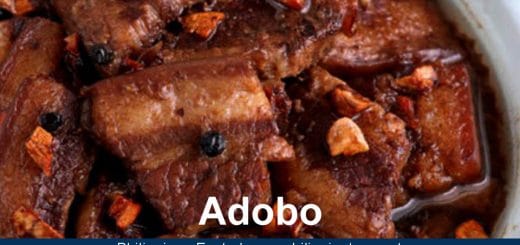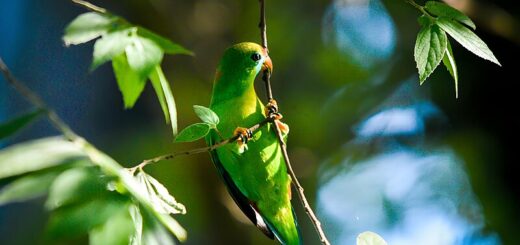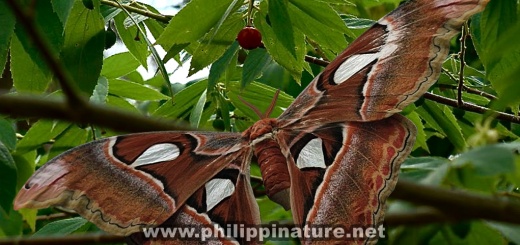Halloween in the Philippines – A Unique Celebration of Spirits and Traditions

As October approaches, the air in the Philippines becomes infused with a blend of excitement and reverence. While Halloween may have Western roots, the way Filipinos celebrate it is a delightful fusion of traditional customs, cultural influences and modern festivities. Let’s explore how Halloween is uniquely observed in this vibrant archipelago.
The Influence of All Saints’ Day and All Souls’ Day
In the Philippines, Halloween is closely tied to the observance of All Saints’ Day (Araw ng mga Santo) on November 1 and All Souls’ Day (Araw ng mga Patay) on November 2. These days are significant in the Catholic calendar and are dedicated to honoring the deceased. Filipino families prepare for this by cleaning and decorating the graves of their loved ones, often spending the day in cemeteries, sharing stories, and enjoying picnics at the gravesites.
This blend of honoring the dead and celebrating life creates a unique atmosphere that sets the tone for the Halloween season.
Traditional Practices and Beliefs
Before Halloween became popularized through media and globalization, many Filipinos believed in various local superstitions and practices. The Philippines is rich in folklore, with stories of aswangs (shapeshifting monsters), kapres (tree-dwelling giants), and other mythical creatures. On Halloween, these stories often resurface, with parents telling tales to their children as a way of instilling both caution and curiosity.
Another tradition involves the “Pahiyas” or “Panaad,” where families create elaborate displays using rice, fruits, and other food items. This not only honors the spirits but also showcases creativity and community spirit.
Modern Celebrations
In urban areas, Halloween has been embraced with enthusiasm, blending traditional customs with contemporary festivities. Malls, schools, and neighborhoods host Halloween parties featuring costume contests, trick-or-treating, and themed events. Children often dress up as their favorite characters, ranging from superheroes to classic horror icons. The vibrant costumes and spirited decorations create a lively atmosphere, transforming homes and streets into scenes of spookiness and fun.
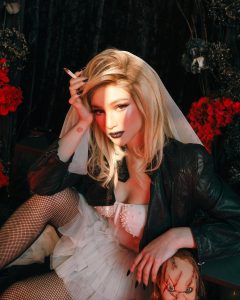
Barbie Imperial
https://www.facebook.com/BarbieImperialOFC
Filipino Halloween Cuisine
Food plays a significant role in the celebrations. Special treats like puto bumbong (purple rice cake), bibingka (rice cake), and kakanin (traditional snacks) are often prepared, along with the popular haloween sweets such as chocopie or local candies. Families might also prepare special dishes to share at the cemetery, combining the observance of their loved ones with the joy of family gatherings.
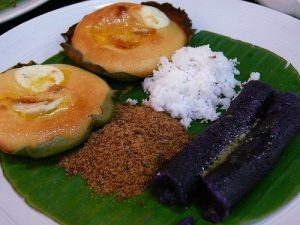
Bibingka and Puto Bumbong
The Growing Popularity of Trick-or-Treating
While trick-or-treating is a relatively new practice in the Philippines, it has quickly gained popularity, especially in urban settings. Children roam neighborhoods in costumes, ringing doorbells and collecting treats. This modern twist on Halloween brings communities together and allows children to experience the excitement that comes with this festive occasion.
Halloween in the Philippines is a beautiful tapestry of culture, tradition, and modern celebration. It’s a time when Filipinos honor their ancestors while embracing the fun and fright of Halloween festivities. Whether it’s visiting cemeteries, sharing stories of spirits, or donning costumes for trick-or-treating, the celebration offers a chance to connect with family, friends, and heritage.
As October rolls in, the anticipation for these unique celebrations grows, making Halloween in the Philippines a truly special occasion filled with love, respect and a dash of spookiness!

